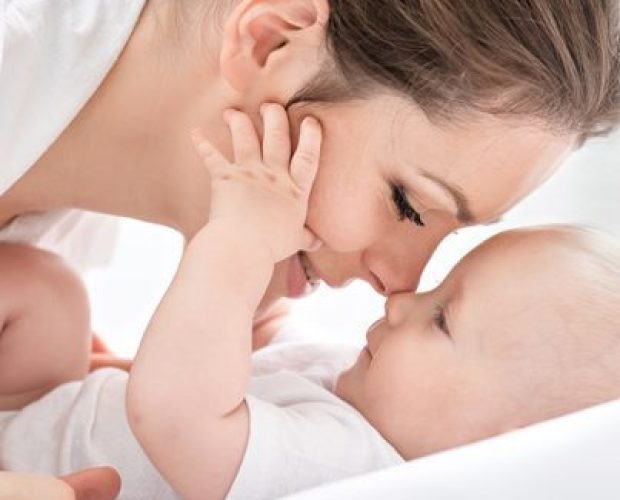Congratulations on the new addition(s) to your family. You’ve been through (up to) 9 months of pregnancy, and you’ve just had your baby. Here’s what to expect next broken down into some simple points:
Straight after the birth
You might get the shakes
Many women get uncontrollable shakes after the birth which are a result of your body’s hormones and/or the anaesthetic. They tend to go away within a few minutes, but this is all perfectly normal.
Spend time with your baby
It is at this time that you will be able to spend some intimate time with your baby. This is actually the time that they will be the most alert, so it’s a great time for skin to skin time and to start to try breastfeeding as this helps the uterus to start contracting and to help reduce any bleeding. Your obstetrician or midwife may also massage your belly to ensure that your uterus is contracting well, and check on any vaginal bleeding.
You may experience contraction-like pains for the first couple of days after the birth, especially whilst breastfeeding and if you are a first-time mother. This is all perfectly normal.
Stitches
Vaginal and perineal tears can occur during the birth. Your Obstetrician will perform any stitches needed just after the birth before you go back to the maternity ward. The sutures are absorbable and will dissolve over a couple of weeks, and do not need to be removed.
Checks
Your baby’s Apgar score will be recorded after the birth to check their overall well-being. Your baby may be given vitamin K and Hepatitis B injections with your consent.
Hospital stay
The duration of your hospital stay may depend on how your birth was and whether it was a natural birth or Caesarean birth. The midwives will help and advise you on how to breastfeed, and give you some tips on looking after your baby. This is a good time to get help with getting your baby to sleep and in a routine whilst surrounded with help.
You may notice a few things with you and your baby in the first few days which are perfectly normal. These are:
- Your baby’s first faeces (merconium) will be black and sticky – this is perfectly normal and will eventually turn yellow after a few days.
- The baby’s bones in their head will not have come together yet, and so there is actually a soft spot on their head.
- Breastfeeding may not be as easy as you have been told it would be. There is a knack to getting your baby used to latching on and once your baby is used to it, it will come easier to them.
- You will continue to have some vaginal bleeding, and it is normal to experience more bleeding when breastfeeding. This will all gradually reduce 4-6 weeks after the birth. Maternity pads come in very handy at this time.
Umbilical cord clamp
Over time, the stump of the umbilical cord will dry up, and falls off within a week, together with the plastic umbilical cord clamp.









Leave a Comment